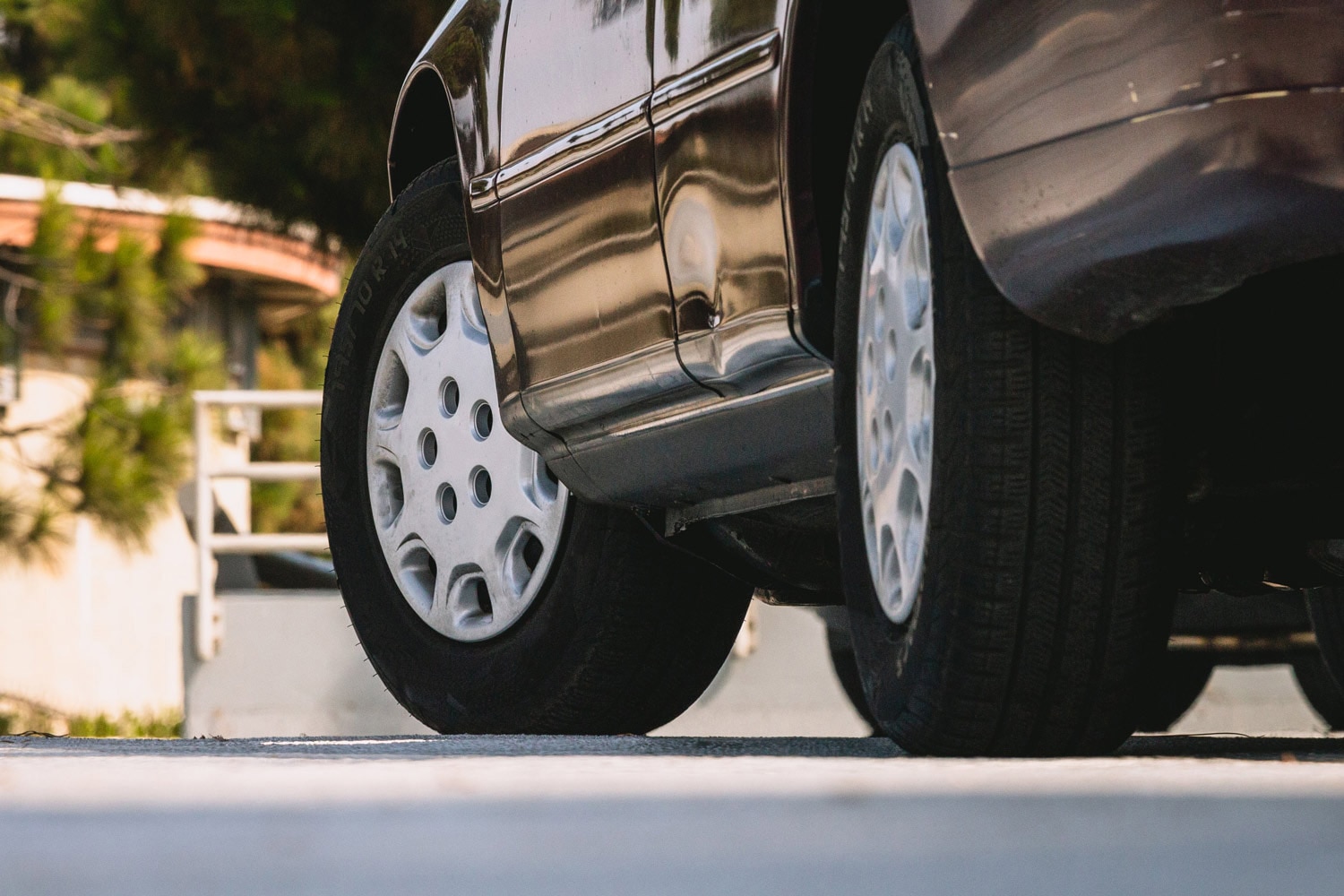Two-Wheel vs. Four-Wheel Alignment: What's the Difference?
Suspension and steering are critical to your alignment.
 Manuel Carrillo III | Capital One
Manuel Carrillo III | Capital One
An alignment is a crucial part of car maintenance, and it directly impacts your vehicle’s performance. Alignment affects everything from the wear on your tires to your fuel efficiency and performance. Here’s everything you need to know about the difference between a two-wheel and a four-wheel alignment.
What is an Alignment?
An alignment, also known as “tire alignment” or “wheel alignment,” is a process that adjusts your vehicle’s suspension so that when you point the steering wheel straight, the car goes in a straight line, essentially adjusting the angles at which the tires meet the road.
Technicians check three key things when they check and adjust your alignment: Caster, toe, and camber. Caster is the angle of your steering axis when your car is viewed from the side. Toe is the extent to which your tires turn in or out when your vehicle is viewed from above. Think of this as being pigeon-toed or duck-footed. Camber measures how much your wheels tip in or out when viewed from the front of the vehicle.
What’s the difference between a two-wheel and four-wheel alignment?
A two-wheel alignment is also commonly called a “front-end alignment.” This process involves adjusting the front suspension and steering. In some cases, the technician may adjust the toe, camber, caster, and thrust angle. A thrust angle adjustment measures the axles and the wheelbase of the vehicle and ensures its power delivery runs parallel with its geometric center.
A technician can also do a two-wheel alignment on the rear wheels, at least on most cars and many SUVs. This adjustment is commonly called a “rear-end alignment.” When performing a rear wheel alignment, technicians check and adjust camber, caster, and toe, just like on a front-end alignment, but only deal with steering on rare vehicles with four-wheel-steering setups (like the Audi A8 with available dynamic steering). A rear-end alignment may be called for if a front-end alignment inspection checks out fine, but a rear-end alignment inspection shows problems.
A four-wheel alignment is when a technician adjusts the front suspension, steering, and rear suspension to ensure that your car is in alignment. They’ll adjust the camber, toe, and caster on all four wheels of your vehicle during a four-wheel alignment.
Signs you need an alignment
If your vehicle tends to drift to the left or right when you have the steering wheel centered and step on the brakes, it’s a sign that you need an alignment. You may also need an alignment if you find you have to turn the steering wheel in one direction or the other when you’re traveling straight down the highway. You may also feel a sort of shake or shimmy in the steering wheel at speed. If you notice uneven tread wear on your tires, an alignment issue might be the culprit.
When your wheels are out of alignment, they aren’t pointed in the optimal directions for the best handling, braking, and performance. This misalignment can also affect tire wear, suspension component life, and even fuel economy. Potholes, speed bumps, minor accidents, and other driving mishaps can mess up your alignment. Watch for the signs of poor alignment, and seek mechanical help immediately. Continuing to drive a poorly aligned vehicle could be unsafe.
How much does an alignment cost?
The average cost of an alignment can run the gamut depending on if you take your car to your dealership for the work or if you take it to your local mechanic. Rates range from as low as $50 for a two-wheel alignment to around $150 for a four-wheel alignment. In some cases, alignments can be part of the service contract you may have with your dealership. In others, it comes at an additional cost.
Written by humans.
Edited by humans.
 Abigail Bassett
Abigail BassettAbigail Bassett is an award-winning freelance journalist based in Los Angeles. There, she covers everything from automotive and business to travel and luxury. She has a passion for 1980s-era Volvo wagons, microcars, and dogs. She is also a World Car Juror.
Related articles
View more related articles